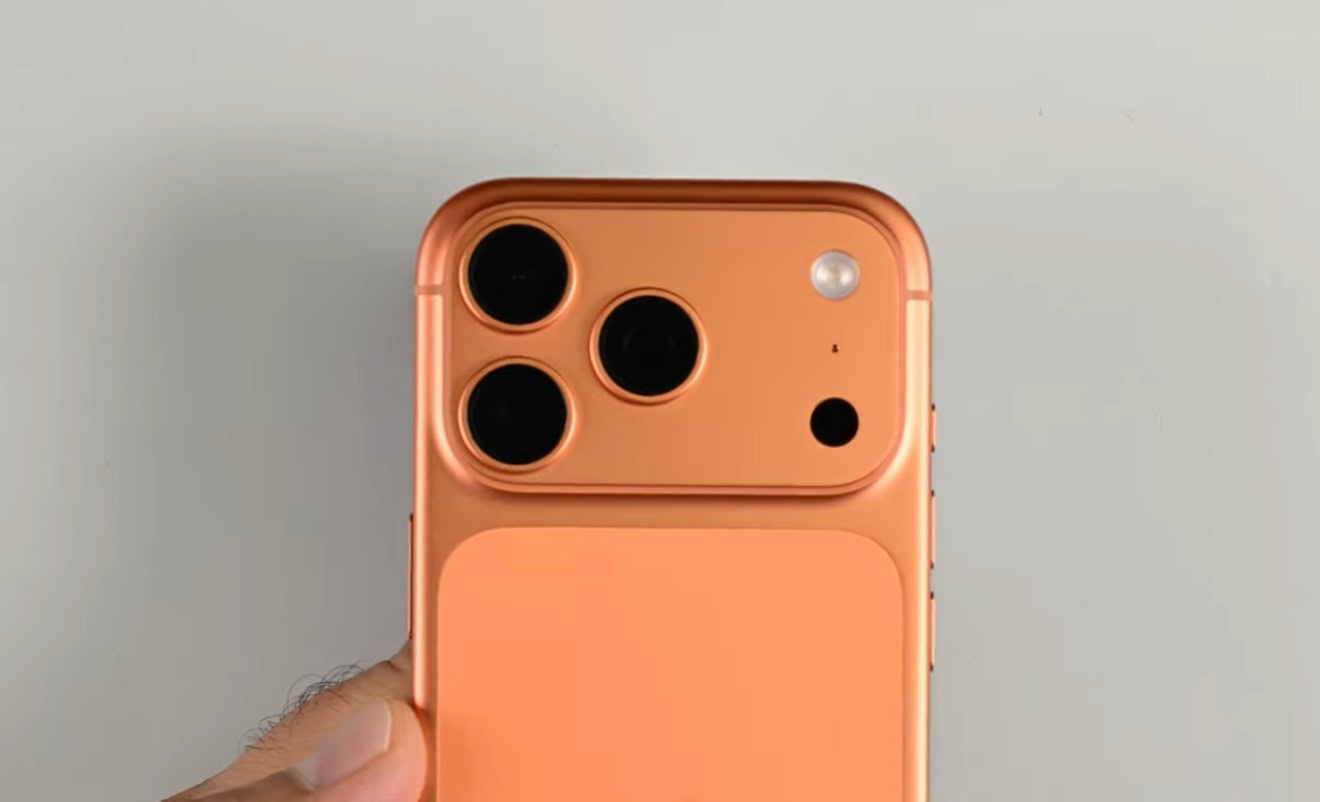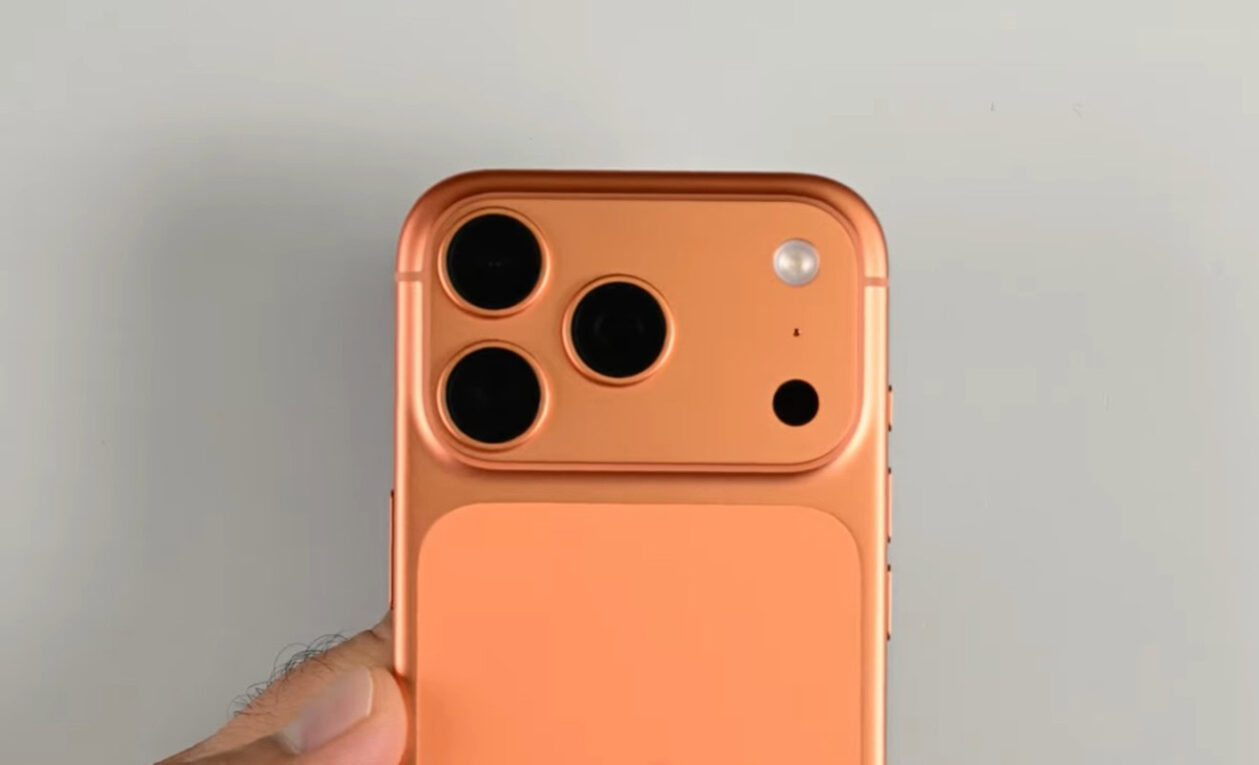Apple’s latest flagship, the iPhone 17 Pro, has arrived, and with it, a new “scratchgate” controversy. Users and media outlets are reporting that the phone is more susceptible to scuffs than previous models. Some even noticed marks and scratches on new iPhone 17 Pro and iPhone 17 Pro Max units still on display in Apple Stores. While this isn’t the first time an iPhone has faced a durability scandal, the reasons behind this one are a bit different.
Apple’s response
The issue has two distinct parts, and Apple has officially addressed one of them. For the marks seen on iPhone 17 Pro demo units, Apple said to 9to5Mac that the imperfections are not scratches at all. Instead, they are caused by material transfer from worn MagSafe stands used in some retail stores. According to the company, these marks are removable with cleaning, and they are working to address the problem by replacing the worn stands.
The real cause of the iPhone 17 Pro scratching issue, according to experts
While Apple’s explanation may account for the issues on store display units, a teardown from the repair experts at iFixit offers a different perspective on why the phone is vulnerable to everyday wear and tear.
The iPhone 17 Pro marks a significant design change. Apple switched the phone’s frame and back to a new aluminum alloy instead of the titanium used in the iPhone 15 and 16 Pro models. While aluminum is a great conductor of heat, which helps with performance, it is also a softer material than titanium. To protect the aluminum, Apple uses an anodization process that adds a protective and colored layer to the metal’s surface.
Via: @@VerdeSelvans on X/Twitter
However, iFixit’s teardown to the iPhone 17 Pro, which included input from a metallurgical expert, found that the main issue is not the switch to aluminum itself. Instead, the problem lies in the phone’s design. More specifically, we are talking about the prominent camera plateau. This year, Apple expanded the camera bump to stretch across the top of the phone. This creates a large, flat surface with sharp edges.
Anodization doesn’t adhere as evenly to sharp corners as it does to flat surfaces. As a result, the protective layer on the edges of the camera plateau is weaker and more prone to flaking and scratching. This vulnerability makes those sharp corners the most susceptible part of the phone to cosmetic damage. The iPhone 17 Air, which uses a different material for its camera bump, does not show the same weakness.
How to protect your new iPhone
Although the iPhone 17 Pro’s design may have a durability flaw, it’s not the end of the world. As always, the best way to safeguard your phone is with a protective case and a screen protector. A case will cover the vulnerable camera plateau and the rest of the phone’s body, preventing scuffs and scratches from daily use. Whether you choose to go caseless or not, being mindful of where you place your phone and what you keep in your pockets will go a long way in keeping it looking new.
The post iPhone 17 Pro’s Teardown Shines Light on the Scratching Issue appeared first on Android Headlines.

Source: ndroidheadlines.com
